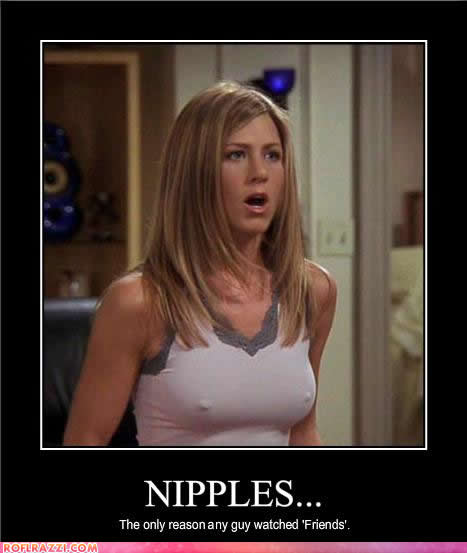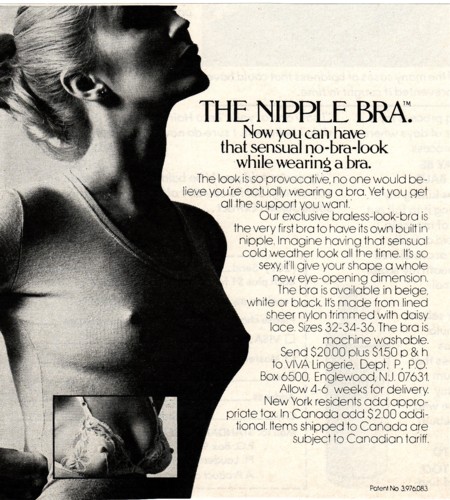Chilling video taken at a high school party in Steubenville, Ohio in which attendees laugh and joke about an unconscious 16-year-old allegedly raped and sodomized by members of the football team, propelled the case into the national spotlight earlier this winter.
The deeply disturbing video focuses on Steubenville High School alum Michael Nodianos as he holds court with a grim comedy show, cracking up to quips such as, “They raped her quicker than Mike Tyson!” and “They raped her more than the Duke lacrosse team!” Those with the stomach to endure the entire 12-minute video hear the victim repeatedly referred to as “dead,” offering ugly details including, “They peed on her! That’s how you know she’s dead because someone pissed on her.” The death motif is so amusing to those involved that it leads to a litany of references to her being “deader than” everyone from Caylee Anthony to Trayvon Martin.
Trigger warning:
The video combined with other digital remains of the attack mined from Twitter and Instagram stirred public outrage at the accused perpetrators, at the bystanders who failed to intervene, and at adults — coaches, police, prosecutor, and parents — perceived as having been complicit in covering up the assault, preferring to sweep the violence under the rug to protect the football team and the young men on it. Protests sprouted around the courthouse and are expected to resume on Wednesday as the trial begins.
This video and other digital souvenirs of violence, such as the photos taken and circulated of Savannah Deitrich while she was sexually assaulted, may or may not have significant legal consequences. Yet their cultural legacy — the opportunity they have to undermine our most resilient rape myths — has the potential to be even weightier.
Read the rest of this article at WBUR’s Cognoscenti.











